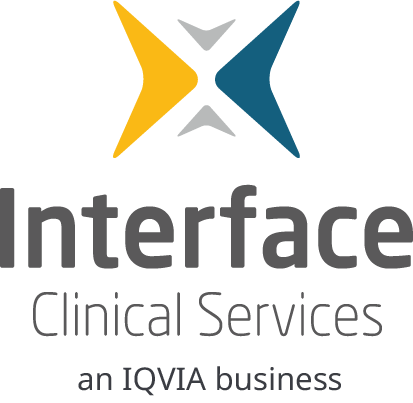

As pharmacists know all too well, saving money in the NHS is never easy. But there has been one extraordinary success story over the past few decades. Generic prescribing – according to a report last year by The King’s Fund called Better Value in the NHS – has saved the health service in the region of £7 billion since the mid-1970s.
To put that in context, the savings made by switching from branded drugs to lower-cost off-patent alternatives has enabled 490 million extra items to be dispensed to sick patients, according to the report.
The annual primary care medicines bill currently stands at around £9bn – four times what it cost in 1976 – and the number of prescription items issued has risen from 285m to just over 1bn in the same period.
The report stated that generic prescribing is estimated to account for more than 80% of total prescribing volume, so the room for improvement is relatively limited. But even increasing that proportion by a few percentage points could free up huge sums of NHS cash.
The King’s Fund argues: “With generic prescribing rates averaging around 84%, further improvements may be unlikely. However, a proportion of medicines, although prescribed generically, are still dispensed as [branded].
“On average, these medicines cost nearly seven times more than those prescribed and dispensed generically.
“This proportion of medicines now accounts for around 29% of the total prescribing spend (compared with nearly half in 2004-5) so there may be room for further savings here.”
The health think-tank also identified variation between general practices – which, says the report, “suggests some scope for increasing generic prescribing rates for some practices”.
But how can community pharmacists influence the drive for even greater generic prescribing rates, and what kind of obstacles do they face?
Mike Drakard, chief executive of health consultancy firm Interface Clinical Services, says pharmacists have a crucial role to play in improving prescribing. The Leeds-based firm has a team of around 70 pharmacists who have worked with more than 3,000 GP practices across the UK, helping to improve efficiency.
Mr Drakard says: “Pharmacists are absolutely vital. That’s partly because GPs are forced to be reactive, rather than proactive.
“They deal with huge numbers of patients and often lack the time or skills to look at repeat prescribing – which accounts for 70% of medicines – in terms of cost or clinical effectiveness.”
GP prescribing, says Mr Drakard, is largely dictated by the software built into the small handful of primary care computer systems in use. But doctors may be failing to exploit the features of these programs that could help them maximise their prescribing efficiency.
This is where pharmacists come in – initiating proper audits and reviews that can potentially lead to savings for practices. “Once they have done that, they can sit down with the GPs and get them to sign off the changes they want,” Mr Drakard says.
But for this to work properly, pharmacists need to brief the whole primary care team – not just the clinicians. “You have to involve the receptionists too,” he adds, “as some patients are bound to complain that the doctor has changed their usual prescription”.
Wholesale switches to generics from branded versions are not always appropriate. A dementia patient, or their carer, may not be able to cope with the added stress of being administered different drugs to the ones they are used to. So switches should only be made on a case-by-case basis.
“GPs want to know if it is going to affect patients and how,” says Mr Drakard. “And they are gradually warming to the idea of pharmacists having a bigger role to play.”
The full article can be viewed online.